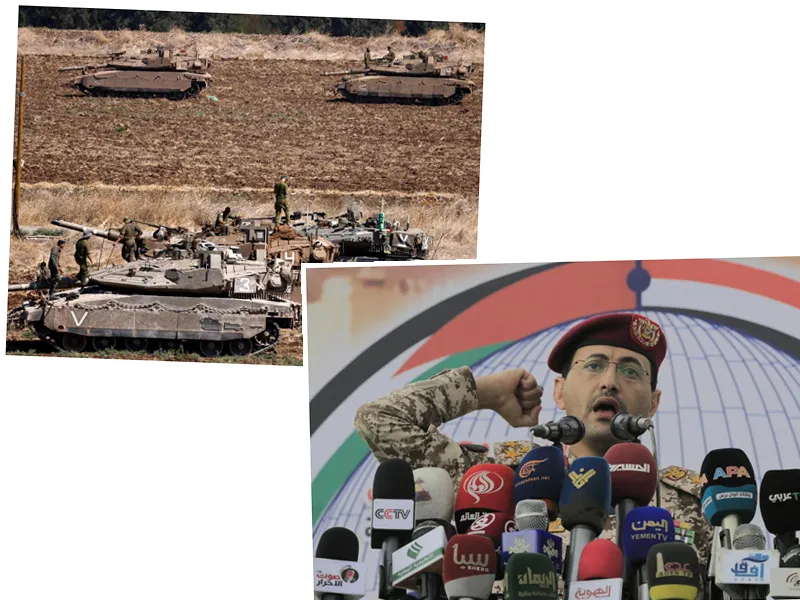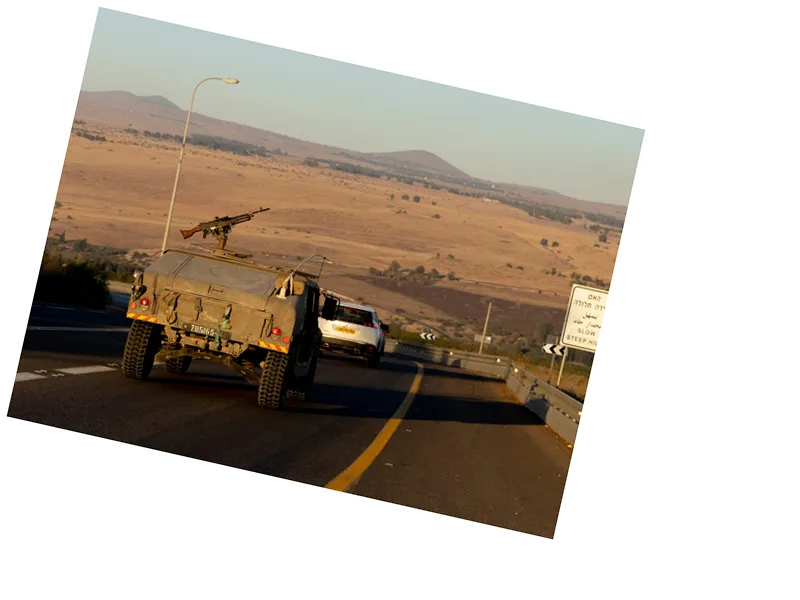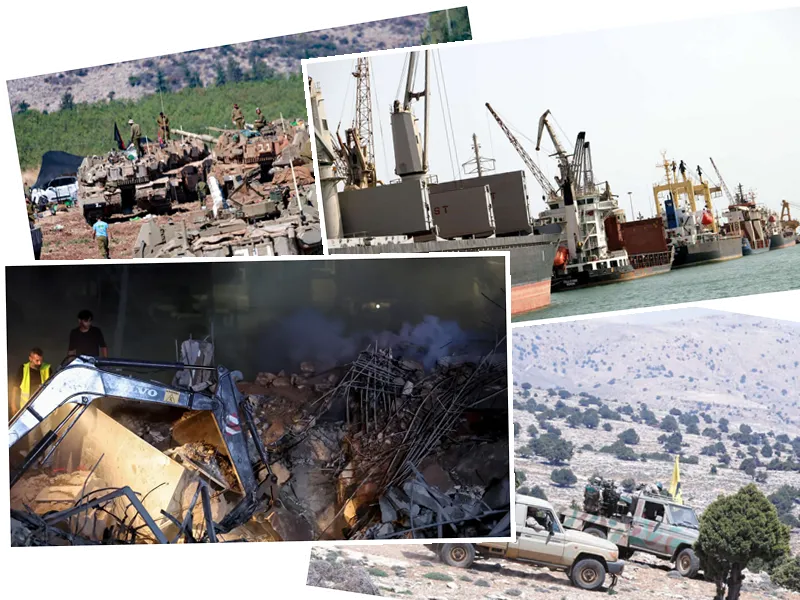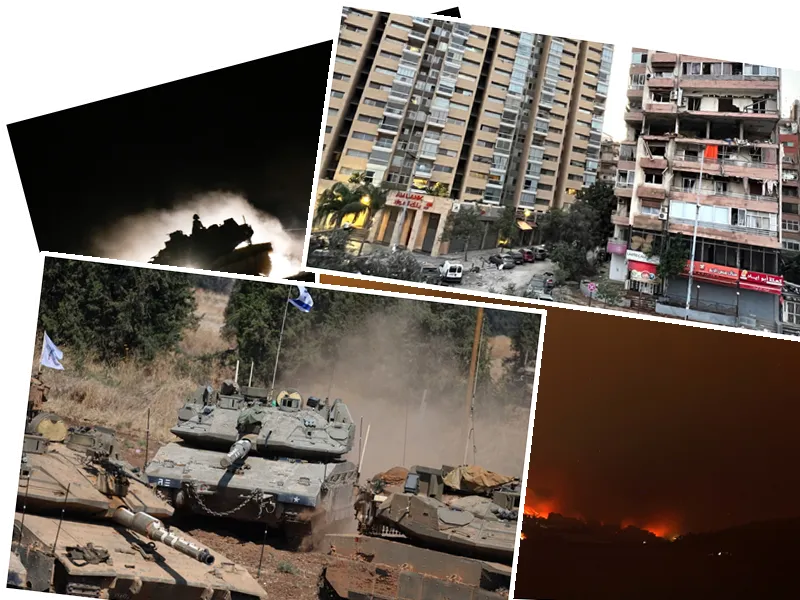Rising Tensions in Lebanon: Israel's Military Readiness and Regional Implications
In a significant escalation of military tensions, the Israeli Defense Forces (IDF) are reportedly prepared for a possible ground operation in Lebanon, although no final decision has been made. Israeli media outlets, including Maariv, have indicated that if such an operation is approved, it will be limited in scope. This comes after recent airstrikes in Lebanon that have resulted in over 700 fatalities, raising concerns about civilian casualties and the broader implications for regional stability.
On the heels of these developments, U.S. officials have expressed caution, advising Israel against a full-scale ground invasion. President Joe Biden reportedly warned Israeli Prime Minister Benjamin Netanyahu that the assassination of Hezbollah leader Hassan Nasrallah could trigger a regional war. The U.S. stance reflects a desire to avoid further escalation while supporting Israel's right to defend itself against perceived threats from Hezbollah.
Israeli Defense Minister Yoav Gallant has stated that operations against Hezbollah will be intensified in response to ongoing rocket attacks from Lebanon. This includes recent missile strikes targeting Israeli cities, which have prompted retaliatory airstrikes by Israel. The situation has led to a humanitarian crisis in Lebanon, with UNICEF reporting a shocking rise in child fatalities, surpassing the rates seen during the 2006 war.
As the conflict unfolds, the Houthis in Yemen have also threatened to target Israeli cities, further complicating the situation. The international community is closely monitoring these developments, with calls for de-escalation growing louder as the potential for a wider conflict looms.
The current hostilities have not only resulted in military casualties but have also displaced thousands of civilians in Lebanon, raising urgent humanitarian concerns. As tensions escalate, the focus remains on diplomatic efforts to prevent a full-blown conflict that could destabilize the region further.






